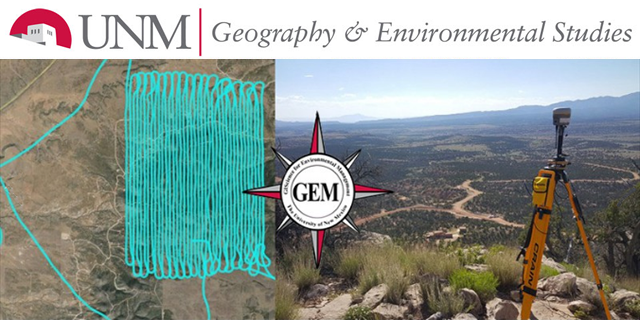
Geography ETDs
Publication Date
Summer 8-1-2023
Abstract
As camera traps have grown in popularity, their utilization has expanded to numerous fields, including wildlife research, conservation, and ecological studies. The information gathered using this equipment gives researchers a precise and comprehensive understanding about the activities of animals in their natural environments. For this type of data to be useful, camera trap images must be labeled so that the species in the images can be classified and counted. This has typically been done by teams of researchers and volunteers, and it can be said that the process is at best time-consuming. With recent developments in deep learning, the process of automatically detecting and identifying wildlife using Convolutional Neural Networks (CNN) can significantly reduce the workload of research teams and free up resources so that researchers can focus on the aspects of conservation.
Degree Name
Geography
Department Name
Geography
Level of Degree
Masters
First Committee Member (Chair)
Christopher Lippitt
Second Committee Member
Liping Yang
Third Committee Member
George Matthew Fricke
Document Type
Thesis
Language
English
Keywords
Transfer Learning, Deep Learning, Convolutional Neural Network, Conservation, Sevilleta, Data Augmentation
Recommended Citation
Gurule, Michael. "The Impacts of Transfer Learning for Ungulate Recognition at Sevilleta National Wildlife Refuge." (2023). https://digitalrepository.unm.edu/geog_etds/65
